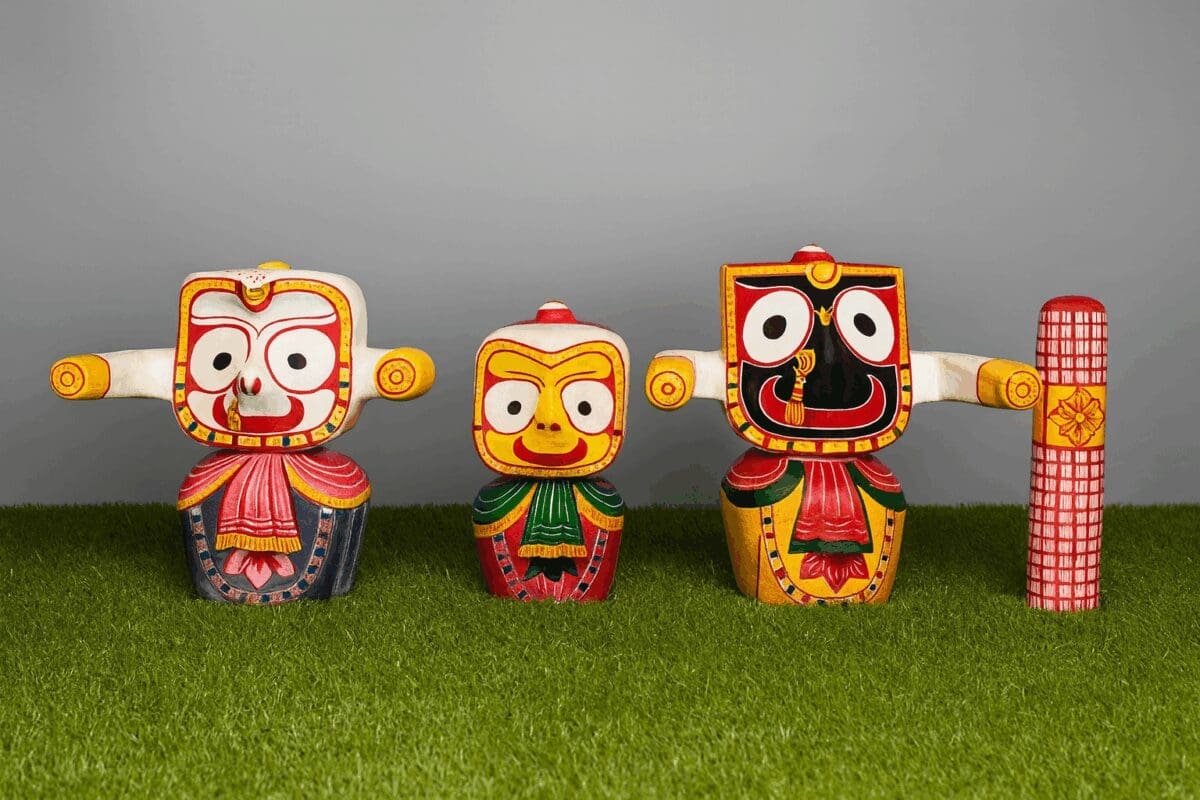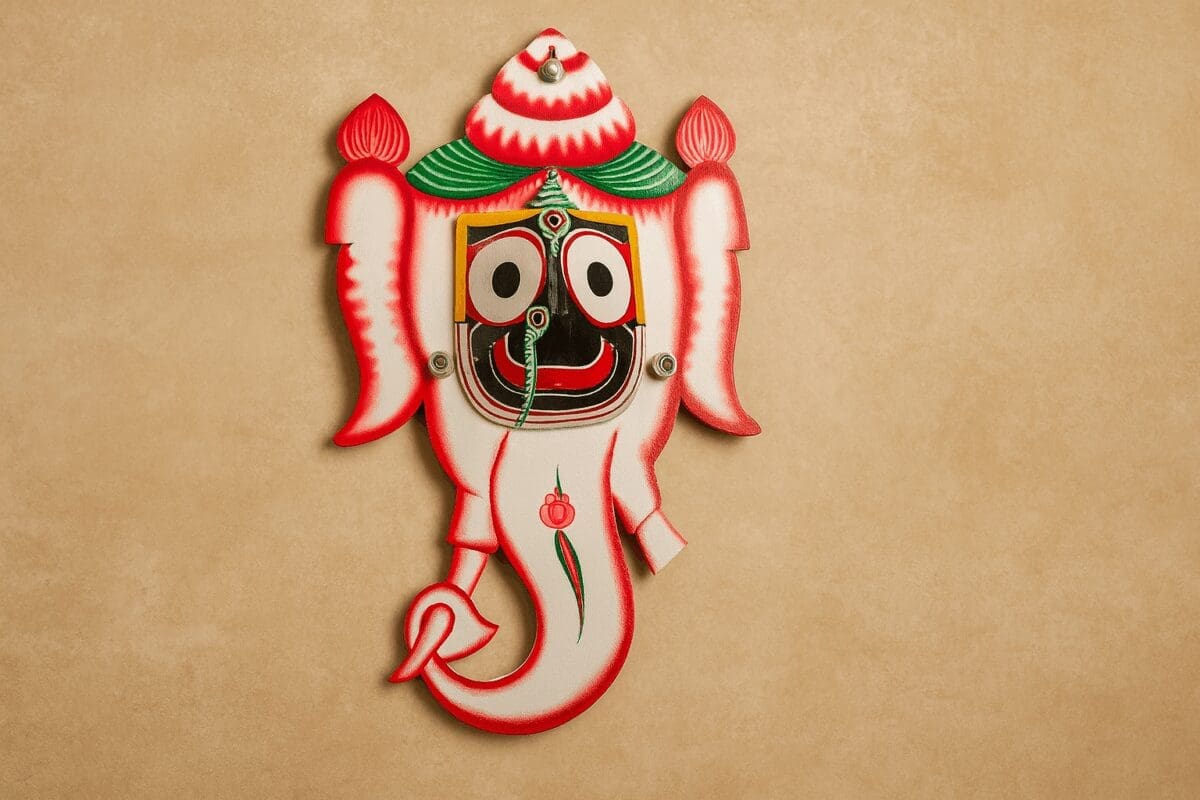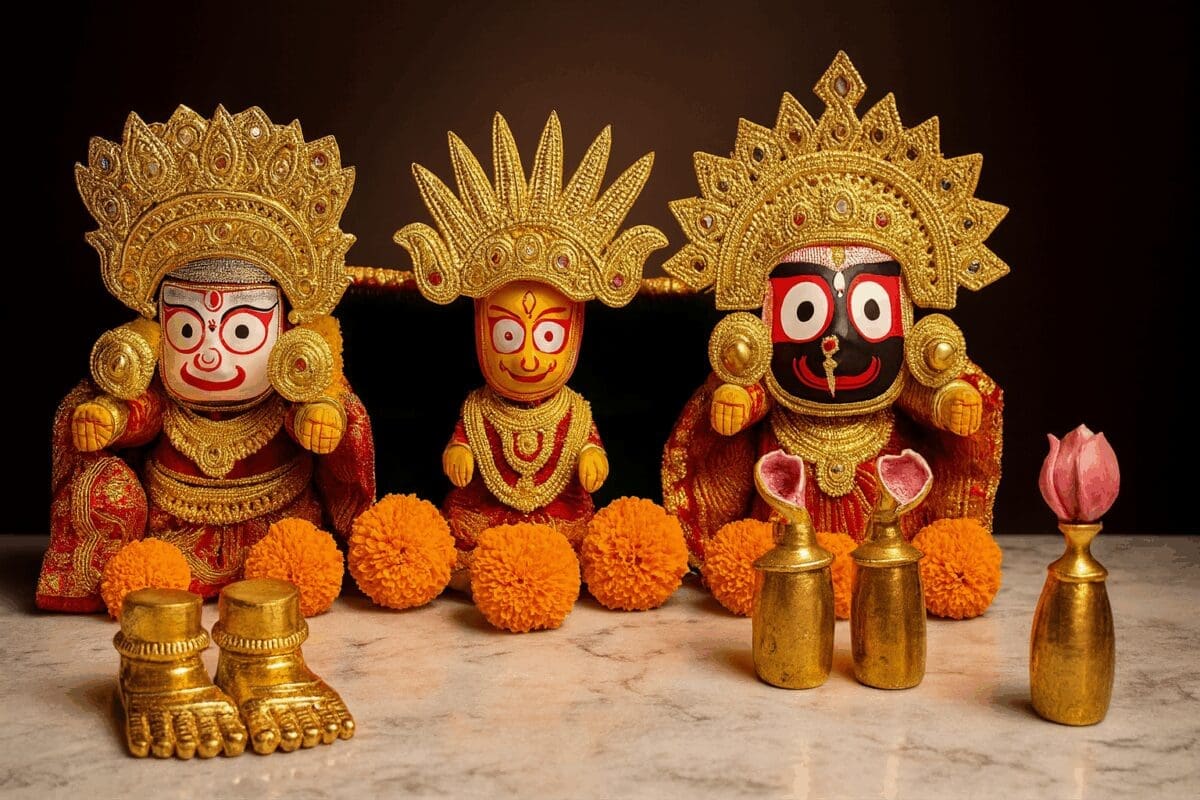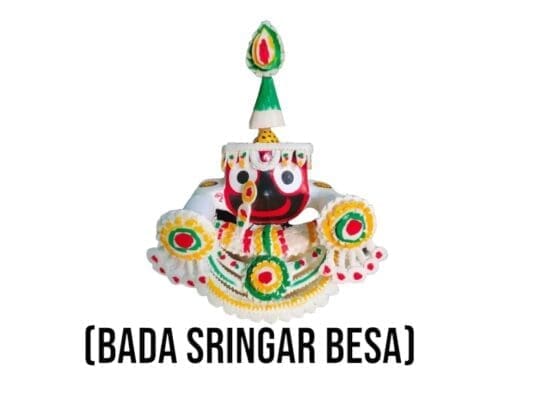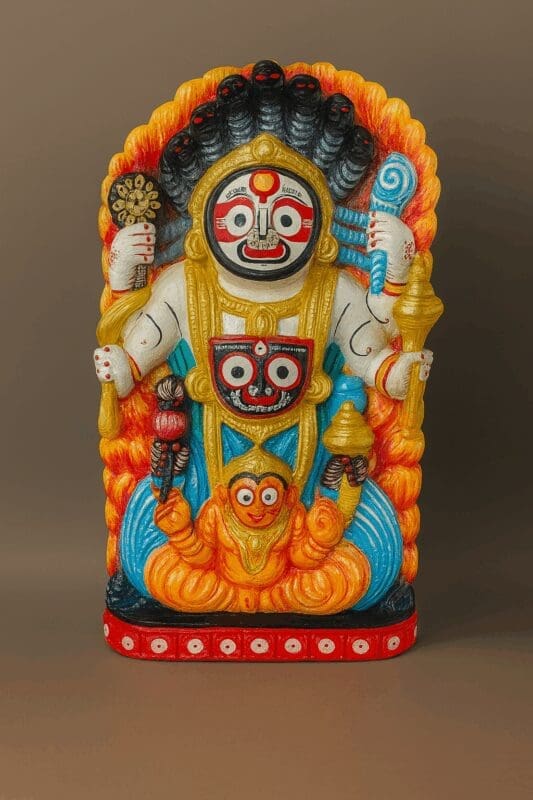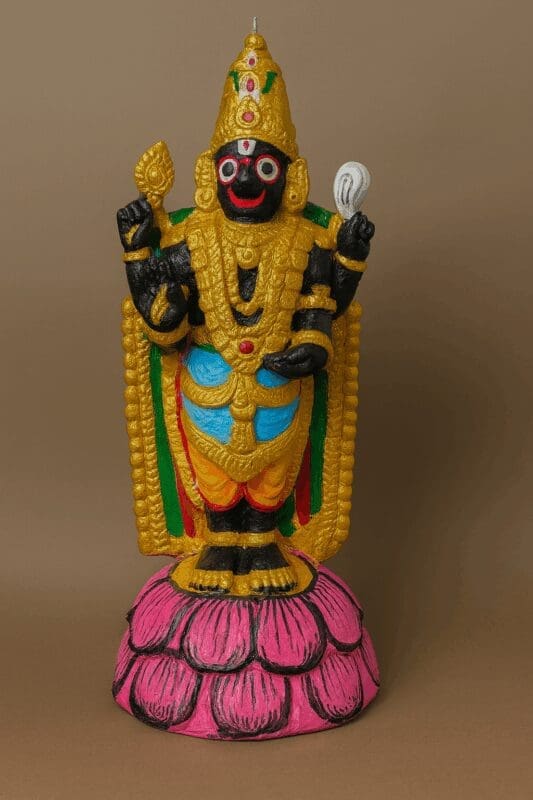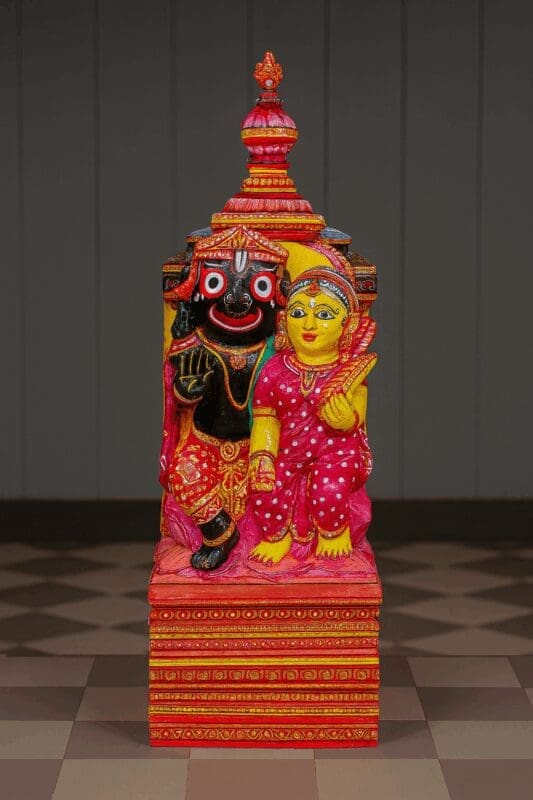-
×
 Bije kahali For Shri Jagannath Mahaprabhu
₹ 1,499.00
Bije kahali For Shri Jagannath Mahaprabhu
₹ 1,499.00 -
×
 Ancient Tribal Art
₹ 4,498.00
Ancient Tribal Art
₹ 4,498.00 -
×
 Mahaprabhu's Car Sticker
₹ 249.92
Mahaprabhu's Car Sticker
₹ 249.92 -
×
 Lord Jagannath Car Sticker
₹ 698.00
Lord Jagannath Car Sticker
₹ 698.00 -
×
 Chandan lagi seva(sandal wood)
₹ 16,492.00
Chandan lagi seva(sandal wood)
₹ 16,492.00 -
×
 Justkalinga.com Traditional Jodo (Dhoti + Uttariya)
₹ 5,549.00
Justkalinga.com Traditional Jodo (Dhoti + Uttariya)
₹ 5,549.00 -
×
 Key Chain
₹ 225.00
Key Chain
₹ 225.00 -
×
 Dakhinabarti sankha (Small Size)
₹ 2,498.00
Dakhinabarti sankha (Small Size)
₹ 2,498.00 -
×
 Shri Chatrudha Mahaprabhu Pink Stone Murti
₹ 6,239.00
Shri Chatrudha Mahaprabhu Pink Stone Murti
₹ 6,239.00 -
×
 key Chain
₹ 225.00
key Chain
₹ 225.00 -
×
 Handmade Wooden Pen Stand
₹ 1,758.00
Handmade Wooden Pen Stand
₹ 1,758.00 -
×
 Ancient Tribal Art
₹ 3,125.00
Ancient Tribal Art
₹ 3,125.00 -
×
 Ancient Tribal Art
₹ 6,998.00
Ancient Tribal Art
₹ 6,998.00 -
×
 The origin story of Shri Jagannath
₹ 499.00
The origin story of Shri Jagannath
₹ 499.00 -
×
 Shri Gita gobindam Book
₹ 999.00
Shri Gita gobindam Book
₹ 999.00 -
×
 Mahaprabhu Marbles Art Idol
₹ 1,249.00
Mahaprabhu Marbles Art Idol
₹ 1,249.00 -
×
 Key Chain
₹ 735.00
Key Chain
₹ 735.00 -
×
 Sri Chatrudha Mahaprabhu Stone Metal Murti
₹ 3,129.00
Sri Chatrudha Mahaprabhu Stone Metal Murti
₹ 3,129.00 -
×
 Gruha Tilak The combination of Shrifal
₹ 1,998.00
Gruha Tilak The combination of Shrifal
₹ 1,998.00 -
×
 Shri Ganesh Pink Stone Murti
₹ 3,439.00
Shri Ganesh Pink Stone Murti
₹ 3,439.00 -
×
 Ancient Tribal Art
₹ 2,125.00
Ancient Tribal Art
₹ 2,125.00 -
×
 Dakhinabarti sankha
₹ 1,399.00
Dakhinabarti sankha
₹ 1,399.00 -
×
 Pair Lion Carved Design Murti
₹ 5,989.00
Pair Lion Carved Design Murti
₹ 5,989.00 -
×
 Snan Darpan: for Shri Jagannath mahaprabhu's bathing rituals
₹ 9,498.00
Snan Darpan: for Shri Jagannath mahaprabhu's bathing rituals
₹ 9,498.00 -
×
 Shri Jagannath's Wooden Temple
₹ 1,499.00
Shri Jagannath's Wooden Temple
₹ 1,499.00 -
×
 Wooden Ratha Flag
₹ 459.00
Wooden Ratha Flag
₹ 459.00 -
×
 Ghantua, kahalia, Sankhua
₹ 9,599.00
Ghantua, kahalia, Sankhua
₹ 9,599.00
You may be interested in…
-
Add
 Niradrinath gift hamper
Niradrinath gift hamper
₹ 2,799.00Original price was: ₹ 2,799.00.₹ 1,859.00Current price is: ₹ 1,859.00. -
Add
This product has multiple variants. The options may be chosen on the product page
 Half-Shirt(Male)
From ₹ 1,499.00
Half-Shirt(Male)
From ₹ 1,499.00 -
Add
This product has multiple variants. The options may be chosen on the product page
 Grace Shawl for Pooja/fastival moments and Temple Visit
From ₹ 675.00
Grace Shawl for Pooja/fastival moments and Temple Visit
From ₹ 675.00 -
Add
This product has multiple variants. The options may be chosen on the product page
 The divine Japa Mali
From ₹ 1,239.00
The divine Japa Mali
From ₹ 1,239.00 -
Add
 Aguru : The natural Perfume for Mahaprabhu
Aguru : The natural Perfume for Mahaprabhu
₹ 999.00Original price was: ₹ 999.00.₹ 799.00Current price is: ₹ 799.00.


 Ancient Tribal Art
Ancient Tribal Art  Mahaprabhu's Car Sticker
Mahaprabhu's Car Sticker  Lord Jagannath Car Sticker
Lord Jagannath Car Sticker  Chandan lagi seva(sandal wood)
Chandan lagi seva(sandal wood)  Justkalinga.com Traditional Jodo (Dhoti + Uttariya)
Justkalinga.com Traditional Jodo (Dhoti + Uttariya)  Key Chain
Key Chain  Dakhinabarti sankha (Small Size)
Dakhinabarti sankha (Small Size) 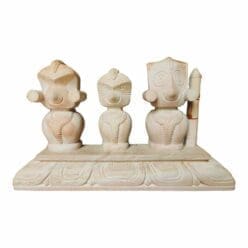 Shri Chatrudha Mahaprabhu Pink Stone Murti
Shri Chatrudha Mahaprabhu Pink Stone Murti  key Chain
key Chain  Handmade Wooden Pen Stand
Handmade Wooden Pen Stand  Ancient Tribal Art
Ancient Tribal Art  Ancient Tribal Art
Ancient Tribal Art  The origin story of Shri Jagannath
The origin story of Shri Jagannath  Shri Gita gobindam Book
Shri Gita gobindam Book 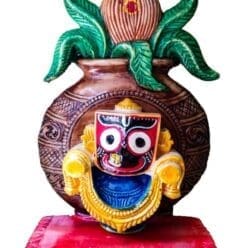 Mahaprabhu Marbles Art Idol
Mahaprabhu Marbles Art Idol  Key Chain
Key Chain  Sri Chatrudha Mahaprabhu Stone Metal Murti
Sri Chatrudha Mahaprabhu Stone Metal Murti  Gruha Tilak The combination of Shrifal
Gruha Tilak The combination of Shrifal 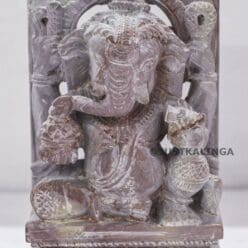 Shri Ganesh Pink Stone Murti
Shri Ganesh Pink Stone Murti  Ancient Tribal Art
Ancient Tribal Art  Dakhinabarti sankha
Dakhinabarti sankha  Pair Lion Carved Design Murti
Pair Lion Carved Design Murti  Snan Darpan: for Shri Jagannath mahaprabhu's bathing rituals
Snan Darpan: for Shri Jagannath mahaprabhu's bathing rituals  Shri Jagannath's Wooden Temple
Shri Jagannath's Wooden Temple  Wooden Ratha Flag
Wooden Ratha Flag  Ghantua, kahalia, Sankhua
Ghantua, kahalia, Sankhua 




